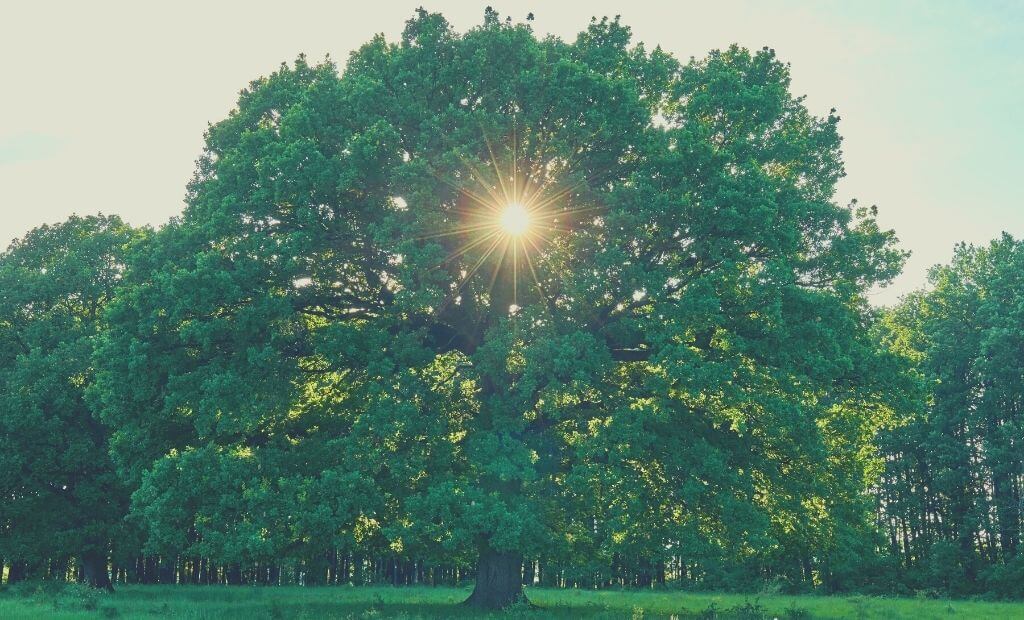SEO Meta-Description: Explore the enchanting world of “The Oak Tree Poem” and uncover the profound beauty and wisdom it holds. Delve into the rich history, symbolism, and interpretations surrounding this timeless piece of literature. Join us on a journey of understanding, connecting with nature, and embracing life’s cycles.
Introduction
There are poems that stand the test of time, transcending generations and cultures, leaving an indelible mark on the hearts of those who read them. One such timeless masterpiece is “The Oak Tree Poem.” This eloquent piece of literature has been celebrated for its profound symbolism and powerful message that resonates with readers of all ages. In this comprehensive article, we will delve into the depths of “The Oak Tree Poem,” exploring its origins, meanings, and the significance it holds in our lives. So, let’s embark on this poetic adventure and embrace the beauty of nature’s wisdom.
The Oak Tree Poem: A Glimpse of Nature’s Wisdom
In the heart of every poet, nature finds its voice. “The Oak Tree Poem” is a perfect testament to this notion, capturing the essence of a majestic oak tree and the life lessons it imparts. The poem highlights the Oak Tree as a symbol of strength, endurance, and growth, drawing parallels to the human journey. Let’s take a closer look at the verses that bring the oak tree to life and evoke deep emotions within us.
Unraveling the Verses: An In-Depth Analysis
The poem begins with vivid imagery, painting a picture of the oak tree‘s grandeur. Each stanza weaves a tapestry of emotions, inviting readers to connect with the natural world and reflect on their own lives. Here’s a closer examination of each verse:
1. Stanza 1: “Amidst the emerald meadow, stands the Oak.”
The opening line sets the stage for the poem, placing the oak tree in a lush green meadow, symbolizing vitality and abundance. The choice of the oak tree as the central character holds significance due to its iconic stature in mythology and folklore.
2. Stanza 2: “Through countless storms, its roots delve deep.”
The second verse portrays the resilience of the oak tree, highlighting how its roots withstand numerous storms. This resilience symbolizes the human ability to face challenges and grow stronger through adversity.
3. Stanza 3: “Seasons change, yet it remains steadfast.”
The third verse embraces the concept of change and the cyclical nature of life. The oak tree stands tall through all seasons, echoing the human journey of growth and transformation amidst life’s ebbs and flows.
4. Stanza 4: “Whispers of the breeze, an ancient tale it tells.”
The fourth stanza introduces an element of mystique, attributing the oak tree with the ability to convey an ancient tale through the rustling leaves. This alludes to the wisdom and stories embedded in the fabric of nature.
5. Stanza 5: “A sanctuary for creatures, big and small.”
The fifth verse showcases the oak tree‘s role as a sanctuary for various creatures, emphasizing the interconnectedness of all living beings. This verse invites readers to cherish and protect the delicate balance of nature.
Interpretations and Symbolism
As with all timeless poems, “The Oak Tree Poem” invites multiple interpretations, each resonating with readers differently. Let’s explore some of the prevalent themes and symbolism associated with this profound piece of literature:
A Symbol of Strength and Endurance
The oak tree has long been revered as a symbol of strength and endurance, capable of surviving even the harshest conditions. In the poem, this symbolism extends to the human spirit, emphasizing the innate resilience and capacity to overcome challenges.
Embracing the Cycle of Life
Through its depiction of the changing seasons, the poem teaches us to embrace the cyclical nature of life. Just as the oak tree experiences different phases, so do we – with each phase offering its own lessons and beauty.
Connection with Nature
“The Oak Tree Poem” fosters a deep connection with nature, urging readers to appreciate the environment’s beauty and the wonders it holds. It serves as a reminder to cherish the natural world and protect it for future generations.
Wisdom of Time
The oak tree, often long-lived, carries the wisdom of time within its branches. This wisdom reflects the accumulation of experiences and the passing down of knowledge from one generation to another.
FAQs
Q: Who wrote “The Oak Tree Poem”?
A: The authorship of “The Oak Tree Poem” remains a subject of debate, as it has been passed down through generations, with origins lost in time. It is considered a part of oral tradition, making it challenging to attribute to a single author.
Q: What is the historical significance of oak trees?
A: Oak trees have played a crucial role in various mythologies and cultures. They symbolize strength, longevity, and wisdom. In some traditions, oak trees were associated with deities and revered as sacred symbols.

Q: Is “The Oak Tree Poem” found in any specific culture or region?
A: “The Oak Tree Poem” has appeared in various forms across different cultures and regions, often with slight variations in verses. This universality speaks to the poem’s timeless appeal and its ability to resonate with diverse audiences.
Q: How can I connect with the wisdom of nature portrayed in the poem?
A: Embrace nature by spending time outdoors, immersing yourself in its beauty, and observing its cycles. Engaging in activities like gardening, hiking, or simply sitting under a tree can foster a deep connection with nature’s wisdom.
Q: Are there any other poems similar to “The Oak Tree Poem”?
A: Yes, there are several poems that celebrate the beauty of nature and its profound lessons. “The Road Not Taken” by Robert Frost and “I Wandered Lonely as a Cloud” by William Wordsworth are a few examples.
Q: How has “The Oak Tree Poem” influenced modern literature and culture?
A: “The Oak Tree Poem” continues to inspire contemporary writers and artists, serving as a metaphor for resilience, personal growth, and the interconnectedness of life. Its influence can be seen in various literary works, paintings, and films.
Conclusion
”


